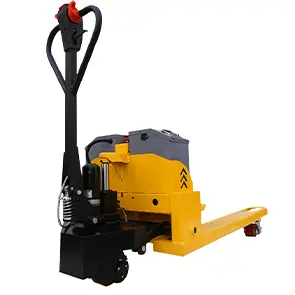


Understanding Fall Arrest Systems Ensuring Safety in Work Environments
Fall-related injuries are a significant concern in many industries, particularly in construction, maintenance, and other jobs that involve working at heights. To mitigate the risks associated with falls, the implementation of fall arrest systems is crucial. These systems are designed to safely stop a fall in progress, preventing serious injury or fatality. In this article, we will explore the components, types, and importance of fall arrest systems in maintaining workplace safety.
What is a Fall Arrest System?
A fall arrest system is a combination of equipment that works together to protect workers from falling. The primary goal is to arrest—or stop—an individual from falling to the ground, and it typically includes a harness, a lanyard, anchorage points, and connectors. When properly utilized, these systems can effectively reduce the risk of injuries resulting from falls.
Components of a Fall Arrest System
1. Harness A fall arrest harness is worn by workers and is designed to distribute the force of a fall across the body. It usually consists of straps that go around the legs and torso, providing a secure fit that allows for movement while ensuring safety.
2. Lanyard This is a flexible line that connects the harness to an anchorage point. Lanyards can be made from various materials, including nylon or polyester, and come in different configurations such as shock-absorbing lanyards that minimize the force of a fall.
3. Anchorage Points These are secure points where the lanyard is attached and must be capable of withstanding the forces generated during a fall. Anchorage points can be fixed structures or dedicated equipment designed for this purpose, such as beams, trusses, or specific anchorage devices.
4. Connectors Connectors, such as carabiners or hooks, are used to link the harness to the lanyard and the anchorage. These tools must be strong, reliable, and easy to use to ensure that the system functions properly.
Types of Fall Arrest Systems

There are various types of fall arrest systems, each suited for specific circumstances
1. Personal Fall Arrest Systems (PFAS) These systems are worn directly by the worker and are designed to stop a fall. They are typically used in situations where a worker may fall freely, such as on scaffolding or ladders.
2. Controlled Access Zones (CAZ) This system uses design and layout to control access to areas where there is a risk of falling. It may involve barriers or signage to restrict entry and protect workers.
3. Safety Nets Installed below work areas, safety nets catch falling workers and their tools. While they do not prevent a fall, they can reduce the impact of the fall, thus minimizing potential injury.
Importance of Fall Arrest Systems
The importance of fall arrest systems cannot be overstated. They play a vital role in protecting workers, ensuring compliance with safety regulations, and minimizing liabilities for employers. Implementing these systems can significantly reduce the number of workplace accidents, which not only protects human lives but also translates to lower costs related to medical care and legal fees.
Moreover, training and educating employees about the proper use of fall arrest systems is equally critical. Regular safety training ensures that workers understand the risks associated with working at heights and know how to use the equipment correctly. This comprehensive approach to safety fosters a culture of awareness and responsibility, ultimately leading to safer work environments.
Conclusion
In conclusion, fall arrest systems are essential safety measures in workplaces where heights are involved. By understanding their components, types, and importance, employers and workers can work together to create safer job sites. Prioritizing safety through proper fall protection measures is not just a regulatory requirement; it’s a moral obligation to ensure the well-being of every worker. Investing in fall arrest systems is an investment in lives and a commitment to workplace safety.



